For this question part A,I know the Big-O is n^2, because the outer loop can run at most (n-1) times, and each inner loop can run at most (n(n+1))/2 = n^2/2 + n/2 , and since we are calculating the Big-O, we only take the higher bound, hence, we have (n * n) = O(n^2).
But for part B, I know the array is A[1.....n] = {1,1,4,7,10,..,3(n-2)+1}, and
From my understand, the outer loop have at least (n-1) iterations, and the inner loop have at least (n/2) iterations. So we have (n*n/2) = (cn^2) = (n^2), is this correct?
According to the answer sheet, there are at least n^2/4 iteration, which is Big-Omega(n^2), I just don't understand how they get to n^2/4 and not n^2/2, can someone explain how to do part B in detail please, Thanks.
